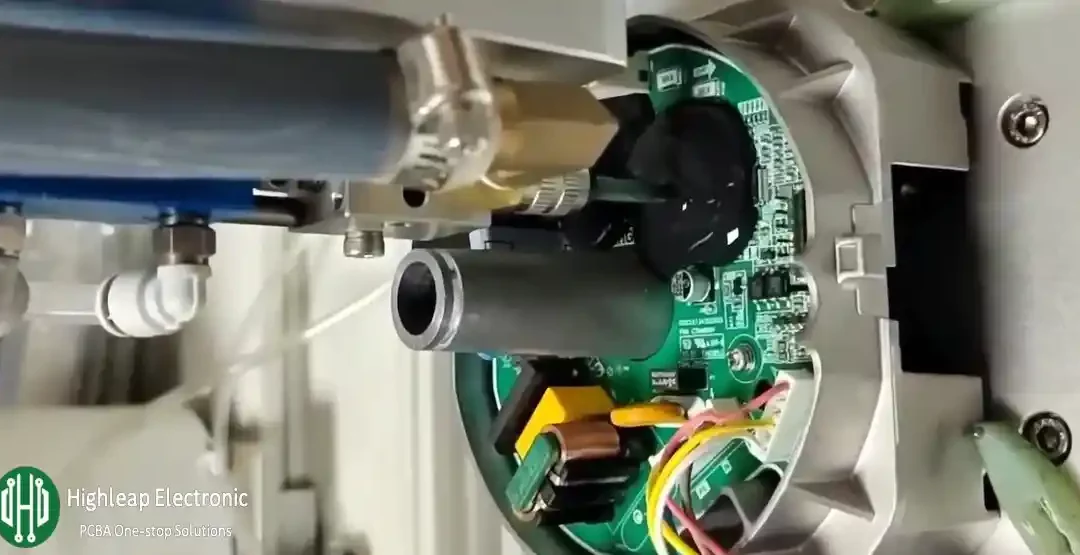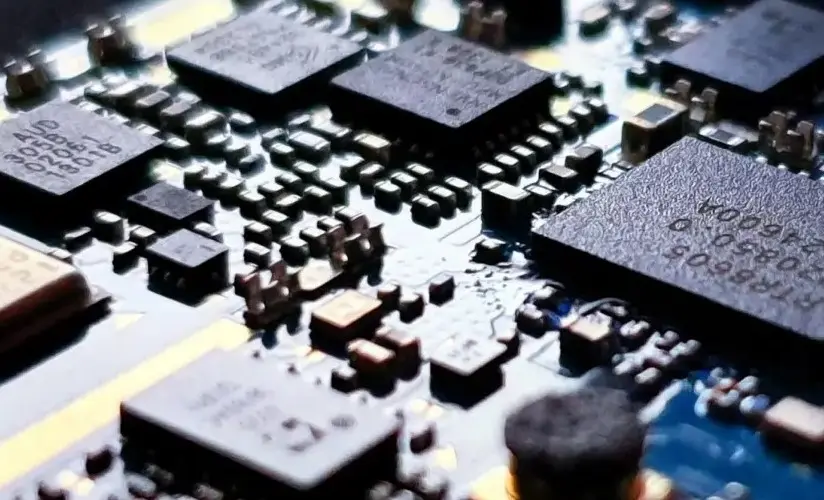Back to blog
Metal PCB Materials Differences – Aluminum Vs. Copper Core
Aluminum Core Vs. Copper Core PCBs
When it comes to metal core PCBs, the choice between aluminum and copper is critical, each bringing its unique set of properties and advantages to the table. This comparative analysis aims to dissect the differences between aluminum and copper core PCBs, offering a detailed perspective on how each material impacts the design, performance, and application of PCBs. By juxtaposing these two metals, we can uncover the specific scenarios where one may be preferred over the other, thus guiding designers and manufacturers in making informed material choices.
Thermal Conductivity and Heat Dissipation
A primary area of comparison lies in thermal conductivity and heat dissipation capabilities. While both aluminum and copper are excellent conductors of heat, their effectiveness varies significantly, impacting the thermal management of PCBs. This subsection will delve into how each material handles heat and the implications for various electronic applications, particularly those with high thermal loads.
Weight and Mechanical Strength
The weight and mechanical strength of a PCB are crucial in applications where physical robustness and lightweight design are paramount. Aluminum and copper differ markedly in these aspects, influencing the choice of material based on the end-use environment. Here, we will compare the mechanical properties of aluminum and copper, examining how they affect the durability and handling of PCBs.
Cost-Effectiveness and Material Availability
Cost is a significant factor in any manufacturing decision, and the choice between aluminum and copper core PCBs is no exception. This part of the analysis will consider the material costs, availability, and overall cost-effectiveness of aluminum and copper in PCB manufacturing, providing a balanced view of the financial implications of each material.
Specific Applications and Suitability
Aluminum and copper core PCBs each have their niches where they excel. From high-power applications to lightweight electronic devices, the suitability of each material varies. This subsection will explore specific use-cases for aluminum and copper core PCBs, highlighting where one may offer distinct advantages over the other.
Environmental Impact and Sustainability
In an era where environmental sustainability is increasingly important, the ecological impact of PCB materials cannot be overlooked. This section will compare the environmental aspects of aluminum and copper, including their recyclability and lifecycle impacts, providing insights into the sustainability considerations of each material.
Design Considerations for Aluminum and Copper Core PCBs
The design of metal core PCBs, whether using aluminum or copper, requires a nuanced understanding of each material’s properties and how they interact with the PCB’s intended function. This section will delve into the critical design considerations that come into play when working with these two distinct types of metal core PCBs. The aim is to provide PCB designers, engineers, and manufacturers with the insights needed to optimize their designs, whether they choose aluminum or copper as their core material. By dissecting the design intricacies of each material, this analysis will serve as a guide to achieving the best performance, reliability, and cost-efficiency in metal core PCB production.
Thermal Management Strategies
Effective thermal management is a cornerstone in the design of metal core PCBs. Aluminum and copper, with their varying thermal conductivities, require different approaches to heat dissipation and management. This subsection will explore the strategies and design techniques used to maximize thermal efficiency in both aluminum and copper core PCBs, emphasizing the importance of thermal design in extending the lifespan and enhancing the performance of electronic components.
Electrical Design and Layout Optimization
The electrical properties of aluminum and copper significantly influence the PCB layout and electrical design. This part of the section will discuss how the choice of metal affects the routing of power and signal traces, placement of components, and overall electrical performance of the PCB. We will delve into the best practices in electrical design for both aluminum and copper core PCBs, highlighting their distinct considerations.
Material Compatibility and Integration
Understanding the compatibility of aluminum and copper with other PCB materials is essential for optimal design. This includes considerations of the dielectric materials used, the type of solder, and the compatibility of surface finishes. This subsection will examine how different materials interact with aluminum and copper, and the implications for PCB reliability and manufacturability.
Manufacturing and Assembly Challenges
Both aluminum and copper core PCBs present unique challenges in manufacturing and assembly. Factors such as machining, drilling, and soldering vary between these materials and affect the overall production process. Here, we will address these challenges, providing insights into how to navigate the manufacturing and assembly processes for aluminum and copper core PCBs effectively.
Cost and Performance Trade-offs
Finally, the design of metal core PCBs often involves balancing cost with performance. The choice between aluminum and copper impacts not just the material costs, but also the design, manufacturing, and operational costs. This part of the analysis will delve into these trade-offs, aiding decision-makers in choosing the right material for their specific needs and budget constraints.
PCB & PCBA quick quote
Related Articles

How to Select the Best PCB Encapsulation Material for Your Project
PCB Encapsulation-PCB PottingIntroduction to Potting and Encapsulation Potting or encapsulation is a widely used method to protect circuit boards from damage, and it has proven to be effective. Different potting compounds are used in various circuit environments,...

What is the difference between SMD and SMT?
PCB SMTSurface Mount Technology (SMT) and Surface Mount Devices (SMD) are crucial concepts in the field of electronics manufacturing, specifically in the assembly of printed circuit boards (PCBs). Both terms are integral to the modern methods of producing electronic...

Flexible PCB Cost Optimization Strategy
flexible PCBIn the realm of contemporary electronics, the proliferation of flexible PCBs stands as a testament to the industry's evolution toward miniaturization and functionality. Unlike the more traditional rigid PCBs, which benefit from simpler production...
Take a Quick Quote
